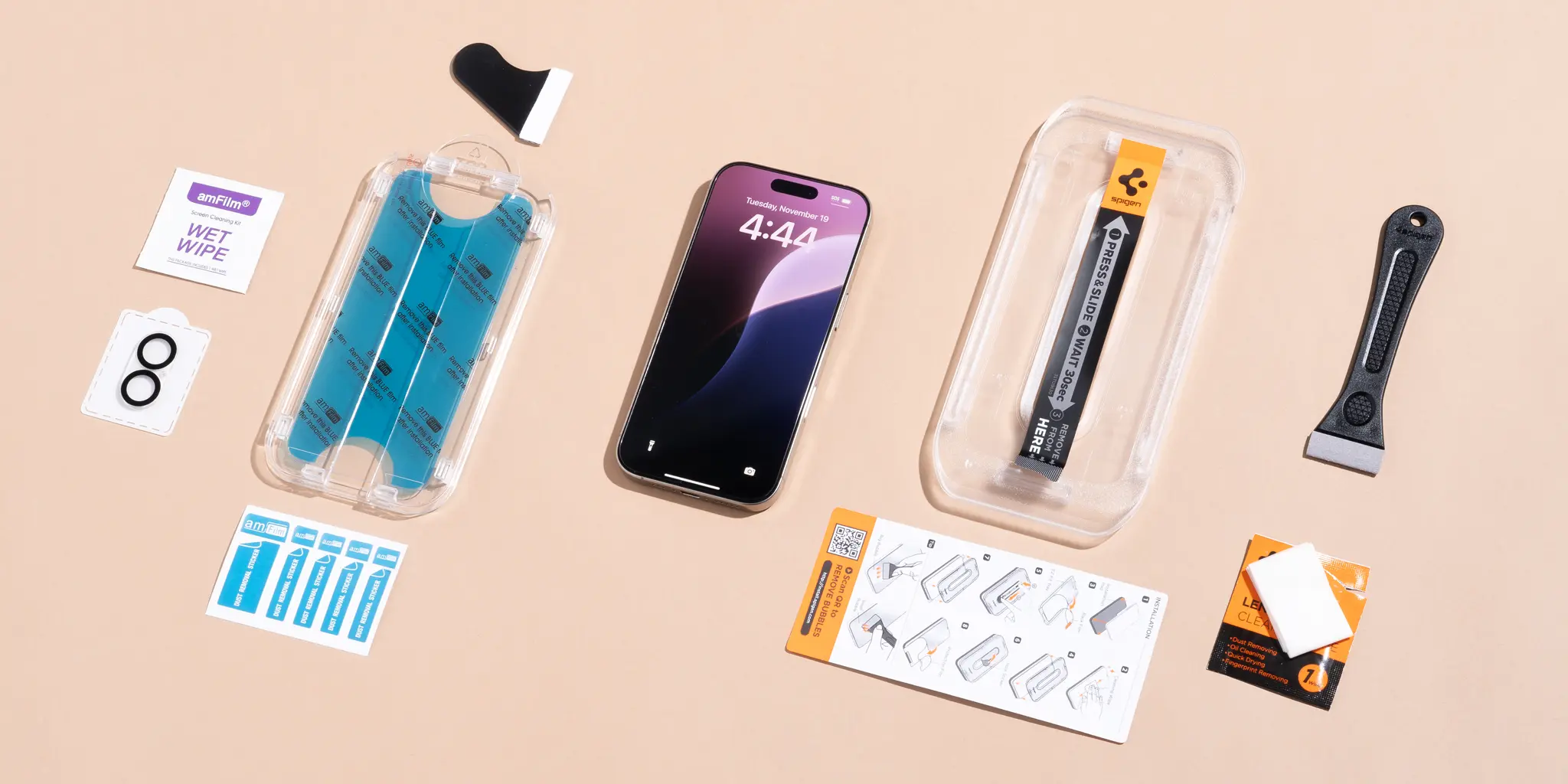Your iPhone is likely one of your most frequently used—and valuable—possessions. Whether you’re capturing memories, attending virtual meetings, or simply scrolling through social media, your screen is constantly in use. Naturally, protecting it from scratches, cracks, smudges, and everyday wear is essential.
When shopping for an iPhone Screen Protector, you’ll often face one major decision: tempered glass or plastic film? Both have their merits, and both can keep your screen safer than going unprotected—but they offer vastly different experiences in terms of durability, look, feel, and ease of use.
This article breaks down the pros and cons of each to help you decide which screen protector is best for your iPhone and lifestyle.
What Is a Tempered Glass Screen Protector?
Tempered glass protectors are made by heating glass and rapidly cooling it to create a material that is much stronger than regular glass. These protectors typically measure between 0.3 mm and 0.5 mm in thickness and are designed to mimic the original feel of your iPhone screen.
Key characteristics of tempered glass:
-
9H surface hardness (high scratch resistance)
-
Shatter resistance
-
Smooth, glass-like feel
-
Easy bubble-free application
What Is a Film Screen Protector?
Plastic film protectors are usually made from either PET (polyethylene terephthalate) or TPU (thermoplastic polyurethane). These materials are flexible, ultra-thin, and often virtually invisible once applied.
Key characteristics of film protectors:
-
Thin and flexible
-
Light scratch protection
-
Often self-healing (for minor scratches)
-
Less impact-resistant than glass
Comparing the Two: Feature by Feature
1. Protection Level
Tempered Glass:
-
Offers superior protection against drops and sharp objects
-
Can absorb impact to prevent screen cracking
-
Often used by users who are rough on their phones or frequently drop them
Film:
-
Provides limited protection against scratches and no drop protection
-
Better than nothing but not ideal for heavy users or clumsy hands
✅ Winner: Tempered Glass
2. Touch Sensitivity
Tempered Glass:
-
Mimics the feel of the actual iPhone screen
-
Compatible with haptic touch and gestures
-
Some cheaper versions may slightly reduce sensitivity, but premium brands are flawless
Film:
-
Ultra-thin, which means excellent responsiveness
-
May feel slightly “rubbery” or sticky, especially for gestures like swiping or scrolling
🤝 Draw: Depends on user preference
3. Clarity and Display Quality
Tempered Glass:
-
Maintains full screen brightness, sharpness, and color accuracy
-
Offers high transparency and light transmission
Film:
-
Can create a slight hazy or matte effect depending on the finish
-
May slightly dull screen brightness over time
✅ Winner: Tempered Glass
4. Installation Ease
Tempered Glass:
-
Rigid structure makes it easier to align and apply
-
Most products include installation kits with dust removers and guide frames
Film:
-
Flexible and often difficult to apply without bubbles or misalignment
-
Requires more patience and precision
✅ Winner: Tempered Glass
5. Durability and Lifespan
Tempered Glass:
-
Lasts longer and resists daily wear well
-
Can take multiple small impacts before needing replacement
-
If it cracks, it can be easily removed and replaced
Film:
-
Tends to scratch and wear more quickly
-
Needs to be replaced more often
-
Can peel at edges if not perfectly installed
✅ Winner: Tempered Glass
6. Aesthetics and Feel
Tempered Glass:
-
Looks and feels like the original screen
-
Retains a polished, sleek finish
Film:
-
Can be virtually invisible when installed correctly
-
Matte versions reduce glare but may affect color vibrancy
🤝 Draw: Depends on desired look and finish
7. Cost
Tempered Glass:
-
Typically more expensive than film
-
Prices range from $10 to $30 for a high-quality product
Film:
-
More affordable
-
Often sold in multi-packs
-
Good budget option for minimal protection
✅ Winner: Film (for budget-conscious buyers)
Who Should Choose Tempered Glass?
Tempered glass is ideal for:
-
Users who often drop their phones
-
Anyone who wants maximum protection
-
Professionals or students who travel frequently
-
People who want a “premium” screen feel
If you prioritize durability, clarity, and drop resistance, glass is the way to go.
Who Should Choose Film Protectors?
Film is better suited for:
-
Users who want a near-invisible look
-
People who rarely drop their phone
-
Users who prefer matte or anti-glare finishes
-
Budget-conscious consumers who want basic scratch protection
If you’re careful with your device and prefer lightweight protection, film is sufficient.
Can You Combine Both?
Some users apply a film protector beneath a tempered glass protector for added screen protection or to get the benefits of both finishes. However, this isn’t generally recommended, as layering can interfere with touch sensitivity and may reduce screen clarity. It’s best to choose one type that fits your needs.
Conclusion: Which Screen Protector Wins?
When it comes to the battle of tempered glass vs. film for your iPhone Screen Protector, the winner depends on your priorities:
-
Choose tempered glass for superior protection, better durability, and a true glass feel.
-
Choose film for budget-friendliness, minimalism, and anti-glare preferences.
For most iPhone users—especially those investing in a premium device—tempered glass edges ahead as the more comprehensive solution. It offers a better balance of protection, appearance, and user experience.
Ultimately, the best screen protector is the one you apply properly, maintain well, and feel confident using every day. Choose wisely, and give your iPhone the defense it deserves.
